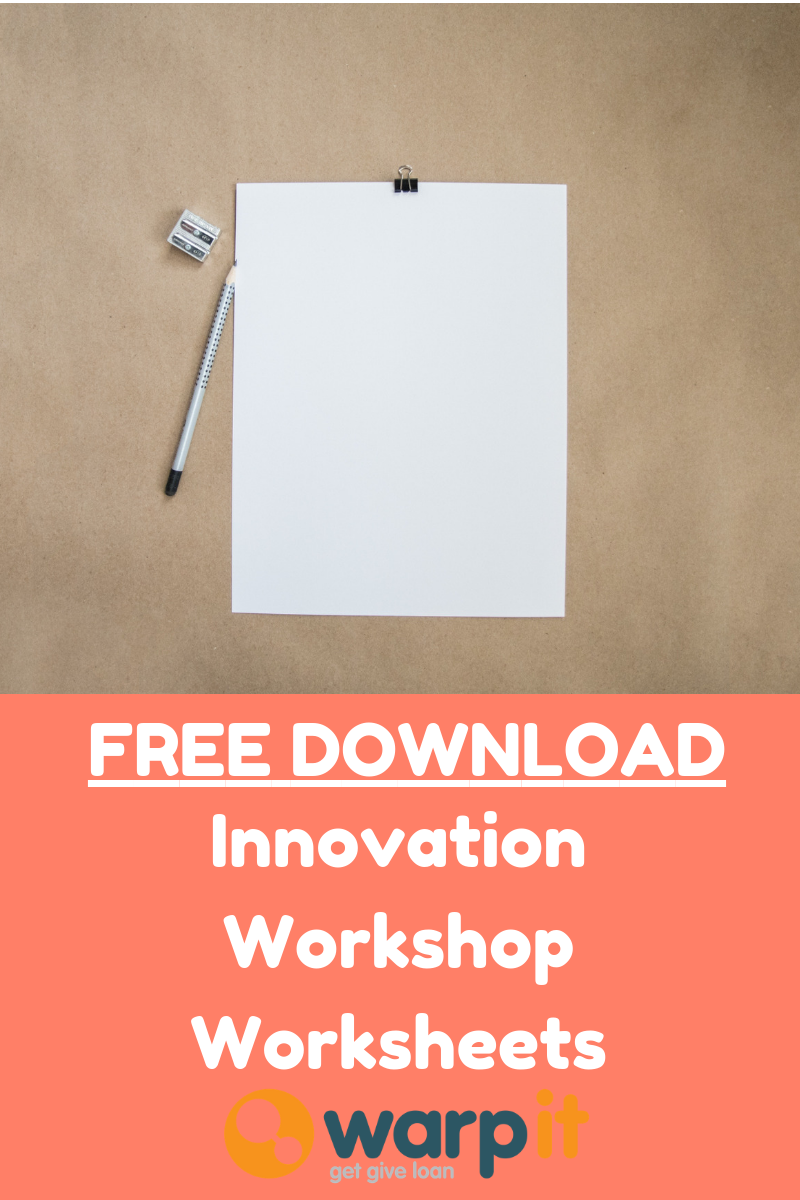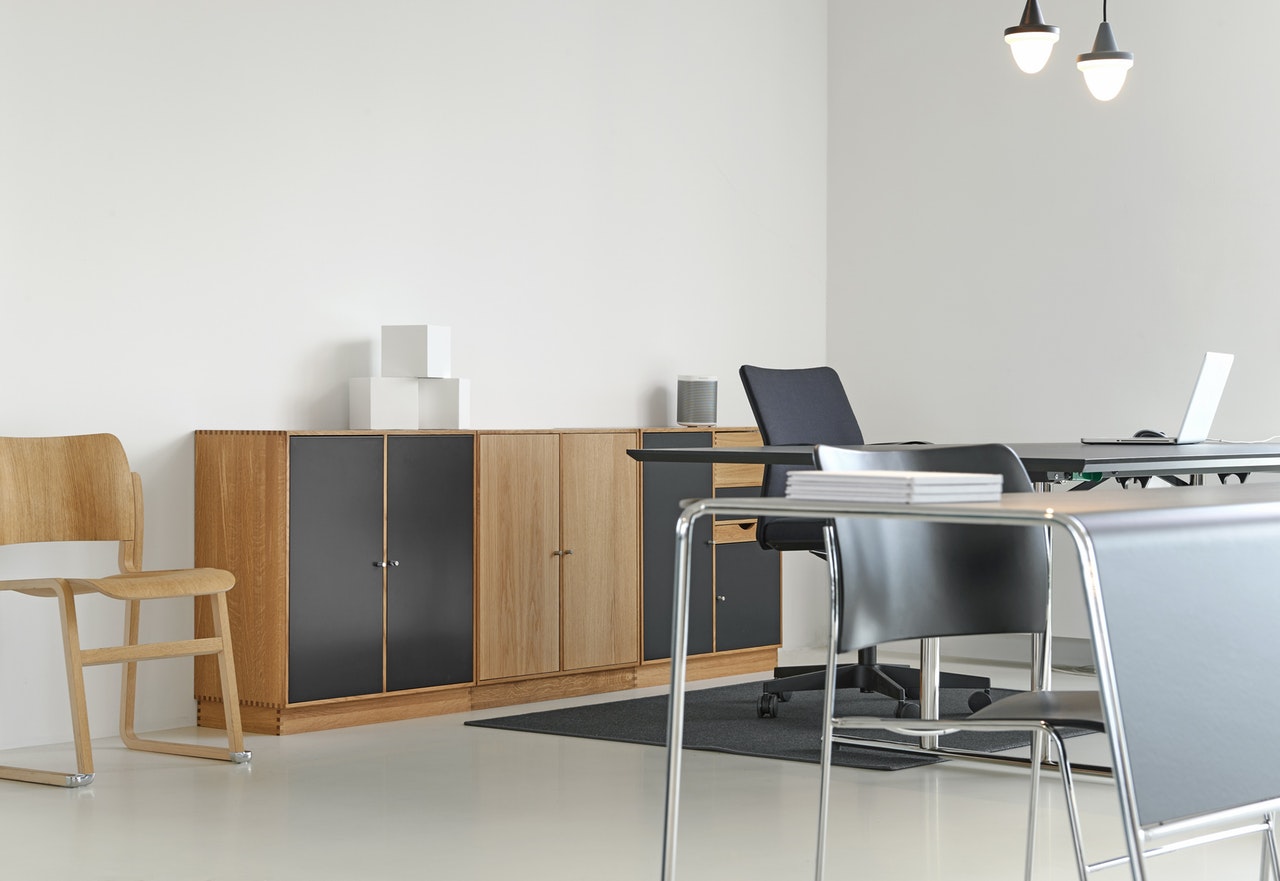Do you work on sustainability issues in your organisation or you know somebody that does?
If the answer is yes, get ready to help make a change!
As part of my usual daily call routine I have been speaking to sustainability managers coming back to work after the Easter break.
Many of them are saying that the David Attenborough, Extinction Rebellion, Climate Emergency declarations are helping them push their sustainability objectives.
Staff are more engaged, Senior staff are more informed.
2/3rds of Britons agree the planet is in a climate emergency.
Greta Thunberg, the Climate Emergency Movement , David Attenborough, plastics and Extinction Rebellion are the single biggest conduit of opportunity of the last 30 years for getting sustainability changes, policies, and plans, introduced into your organisations and embedded into culture deeply.
It is time to review and reinvigorate your Green Champion Network.
It is time to ride this wave of interest and use it to make lasting sustainable change.
But how? We are going to tell you how to harness and take action!
Extinction Rebellion
During the major protests held by Extinction Rebellion in London in mid-April, their support quadrupled in numbers, with at least 30,000 joining their ranks. At the same time, supporters continued to donate large quantities, which now total almost half a million pounds since January!
A spokesperson for the group said “What this shows is that Extinction Rebellion has spoken to people who have been wanting to act on this for such a long time but haven’t known how. The debate on this is over – ordinary people are now saying it is time for politicians to act with real urgency.”
Your staff are no different.
Greta Thunberg
Child prodigy Greta is actively changing the world, and while her personal accolades include being nominated for a Nobel Peace prize, it is the amount of global buy-in that she has received that is most impressive to us. Buy-in for people making a change in an organisation is like water for a plant. It’s essential.

What can you do? Host a Workshop!
If you want to do something around the Climate Emergency Movement, you can host a Climate Emergency workshop and use it to get support on a number of sustainability issues.
You are harnessing staff desires to change culture and because the ideas come from staff they will embed much quicker and easier.
You will host workshops where you propose the the organisation has a problem with climate change and you will ask your staff how to fix it organisationally and beyond.
Staff will be proposing ideas and actions to respond to the Climate Emergency.
Why is a workshop so great?
- Creating a platform for staff to show their interest, support, and commitment for something
- Showing senior management figures how importantly members of the organisation regard something
- Show that the sustainability changes are being demanded by an audience much larger than only the Sustainability Manager
- Staff have some ownership over the changes made in the organisation, making them more likely to take part in culture change and progress.
- This is a great tool because you do not need to stick your head above the parapet (politically) at work.
- Develop a Climate Emergency action plan
- Get buy in and review the targets in your sustainability strategy. (If you have not got a sustainability strategy- then this is a perfect place to start)
Step One - Decide what the problem is that you want to solve.
In this case it is rather big picture.
How does our organisation respond to the Climate Emergency?
Present the problem that you want to solve.
You need people to focus on the problem first.
Use pictures, use creative language, use presentations, take people on a tour to see the problem in person. How you illustrate the problem is up to you
Step Two - Find out who the key stakeholders are for your problem and invite them to your workshop
Think of every problem like a theatre production. There is a general problem to be solved by the plot and a group of actors work together to resolve the problem, or against each other to stifle the solution, in order to reach the end of the play.
Some people create the problem, some people are the problem, some people maintain the problem, some people offer distractions from the problem, and some people suffer at the hands of the problem.
You need to figure out who is who, so invite a wide spectrum of people, open-minded, closed-minded, creatives, progressives, innovators, objectors, and laggards. The more diverse the better.
Try to get out of the usual suspects- although this is a great time to recruit new environmental champions!
Step Three - Hosting the Workshop- online/ offline?
A face to face workshop is probably the best.
But there is also great merit to hosting an online workshop. To do this use LOOMIO. and follow the advice below. Read the following as if you are setting up a Loomio workspace.
At the start of your workshop, there are some things you need to explain, such as:
- What is the purpose of the workshop?
- How long is the workshop going to last for?
- How can people benefit individually and as a group from the session?
- That this is part one of a much longer journey of improvement...
Ideally, your attendees will already know about the problem. You might have sent them a video, taken them on a tour, sent through some emails, or any of the other ideas from Step One. Start by asking:
- What is your point of view of the problem?
- Why does this problem occur?
- Who is involved?
- Where are the key locations?
- What are the impacts of the problem?
- Get your groups to keep asking questions what, why, where, which, who??? until the problem is clearly defined.
You need to consider a few things about the structure and layout of your Climate Emergency workshop:
- Will this be a lecture style event, with you talking to a crowd?
- Will it be online?
- Do I need break out space? (Yes)
- Can you break the event up into smaller groups for different dates? (Probably)
- Can you split people up into teams with some documents prepared to direct their discussions? (Yes)
- Should you order coffee and buns (Yes!)
- Should I consider an outside agency to deliver the session/s or should we do it alone?
- Should we pick a date and time when everyone can show up? (YES- that means avoid Monday and Friday and keep the session to 1-2 hours either side of lunch)
- Should we tempt people to attend with a free lunch (Yes!)
Step Four - Beginning the discussion
The first exercise is to get your groups to express in their own words what the problem is, preferably on paper. Then the group shares what they’ve written on their paper to stick on the wall.
Give them a flip chart or a large piece of paper to start drawing out the processes and mistakes that have lead to the problem.
As the discussion begins, keep asking the groups to ask ‘why?’, again and again. The more you ask ‘why?’, the more precisely you define the problem. 'Why?' is just the starting point. They should also be asking ‘what?’, ‘where?’, ‘how?’, ‘which?’, and ‘when?’. The clearer and better defined the problem, the easier it’s going to be to find a solution.
If you have multiple groups, get each group to choose a volunteer as a representative and ask them to explain or draw the process with the other groups. Remind them that you don’t want to hear about solutions because there’s more to the problem than they’ve realised, and give them even more time to define the problem.
Step Five - Proposing solutions. X factor for innovation.
What is it you are trying to achieve from the workshop?
How should the organisation respond to the Climate Emergency or another question?
In the groups, ask them to brainstorm possible solutions/proposals to the problem- telling them that they have a ‘magic wand’ that means nothing is off limits.
Tell them to get creative, break the laws of physics and finance, and open their minds to the potential ways to solve the problem.
You want people to think big to have a big impact. So remove financial and other barriers for now.
Depending on how many groups or people you have, you now want to bring your smaller groups together and to form a large group.
The idea is now to start pitching the ideas to each other. You want the ideas that have the biggest impact and are the most practical, ignoring the hassle or expense involved.
You encourage the group discussion, asking everyone to discuss the different ideas that are flying around. Naturally, people are going to start supporting certain ideas, while other ideas drop out of the discussion.
The best ideas are going to bubble up to the top, and because teamwork has generated these ideas, people are subconsciously bought in and supporting them. By the end, you’re probably going to be left with lots of good ideas, and so now it’s time to vote.
Give everybody who wants to pitch their idea the opportunity to do so. Everyone else will have a piece of paper on which they can vote for the best ones. Tell them that they can choose multiple options, as this allows people to get behind multiple projects.
You really want to come away from the session with a few good ideas that the group support. Because you are gong to have to do further exploration. So if you have 10 good ideas great. You take all of them forward to further consideration.
Keep all of the ideas on file (good and bad) as they will feed into your response.
Hopefully the ideas that come up match with some of the objectives in your sustainability strategy. ;)
Step Six - The end of the Innovation Workshop
By the end of the session, hopefully, you’ve got more than one really good solution for solving the problem. Remember that the whole of the workshop is behind these ideas or at least some of them.
After the workshop you go away, you look at the solutions and you pick the one/s that is/are most feasible, and you begin building your implementation strategy.
Keep all of the contact details for the attendees and regularly update them, every month ideally. Keeping them informed of which idea actually is going to work for the organisation the best and why.
Don't forget..
This is also a great opportunity to reinvigorate your Green Champion or Green Co-ordinator network which might need that new injection of energy!
You might also need...
While you are re visiting this buy in activity, you might want to browse our other articles on the subject.









